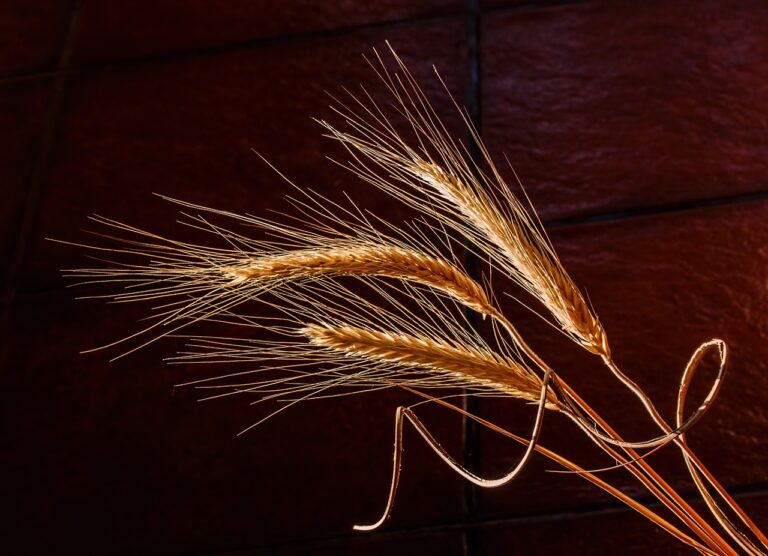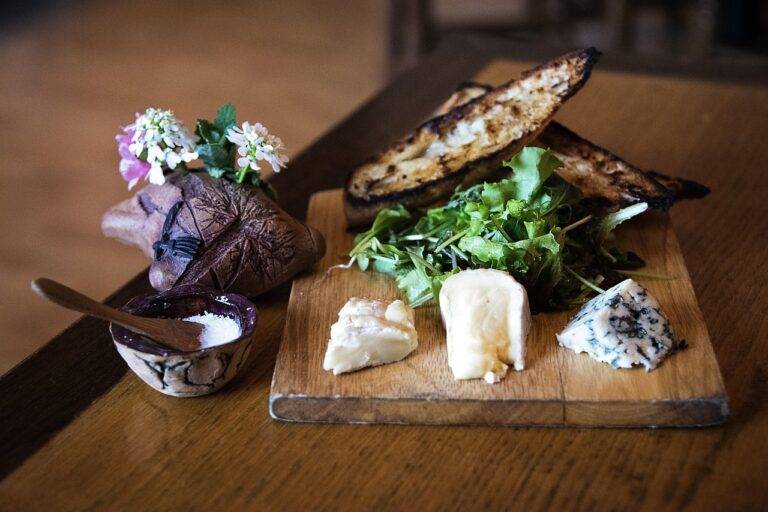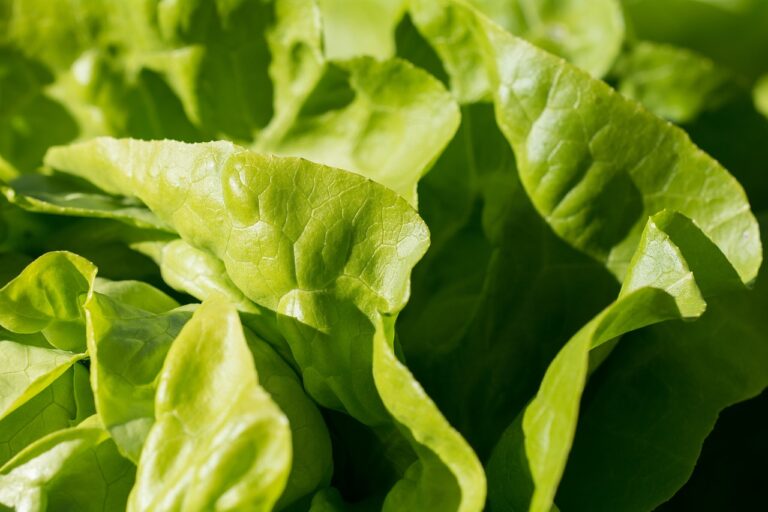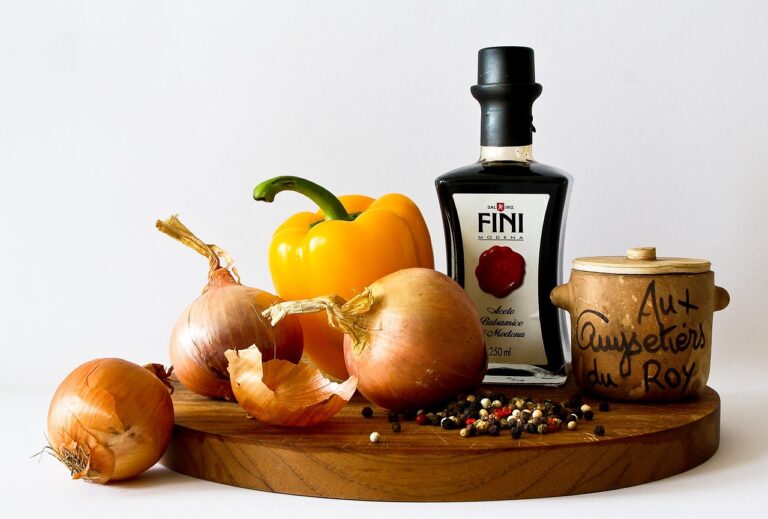The Role of Food in Cultural Rituals and Ceremonies
When exploring the culinary traditions of various cultures around the world, it becomes evident that the use of traditional ingredients holds a profound significance. These ingredients are not merely chosen for their taste or nutritional value, but they often carry deep cultural and historical meanings that have been passed down through generations. For example, the incorporation of saffron in Persian cuisine is not only for its vibrant color and distinctive flavor but also because it symbolizes happiness, prosperity, and good fortune in Persian culture.
Furthermore, traditional ingredients are often believed to possess medicinal properties or to have specific benefits for the body and mind. In Chinese cuisine, ingredients like ginger, ginseng, and goji berries are commonly used not just for their taste, but also for their perceived health benefits. These ingredients are considered to have warming properties and are believed to promote vitality and overall well-being according to traditional Chinese medicine principles.
Food Preparation Techniques in Rituals
In various cultural and religious rituals around the world, the methods of food preparation play a crucial role in symbolizing tradition and heritage. These techniques often involve intricate steps that have been passed down through generations, with each action holding deep spiritual significance. From the way ingredients are selected to the precise way they are chopped and cooked, every aspect of the food preparation process is imbued with meaning and importance.
The precision and attention to detail required in these rituals reflect the value placed on tradition and the respect for the ingredients being used. Ritualistic food preparation is not simply about creating a meal but is a form of honoring the past, connecting with ancestors, and invoking blessings for the present and the future. By following these age-old techniques, individuals engage in a practice that goes beyond nourishing the body, delving into the realm of nourishing the spirit and upholding the cultural identity of a community.
Symbolism of Certain Dishes
In various cultures around the world, certain dishes hold deep symbolic meanings that go beyond mere sustenance. These dishes are often prepared and consumed during specific rituals or ceremonies, embedding them with cultural significance and historical importance. For example, in Chinese culture, the dumpling is a symbolic food often eaten during the Lunar New Year to represent wealth and prosperity for the coming year.
Similarly, the breaking of bread holds significant symbolism in many religious ceremonies, such as the Christian Eucharist. The act of sharing bread with others symbolizes unity, community, and the bond between individuals. This simple yet powerful gesture underscores the importance of communal connections and togetherness in various cultural and religious contexts.
What is the significance of traditional ingredients in certain dishes?
Traditional ingredients in certain dishes often hold symbolic meaning, representing cultural values, historical events, or religious beliefs.
How do food preparation techniques play a role in rituals?
Food preparation techniques in rituals often symbolize ancestral practices, community bonding, or spiritual connections.
Can you provide examples of dishes with special symbolism?
Yes, dishes like rice cakes in Korean culture symbolize prosperity, while the bread and wine in Christian communion represent the body and blood of Christ.







